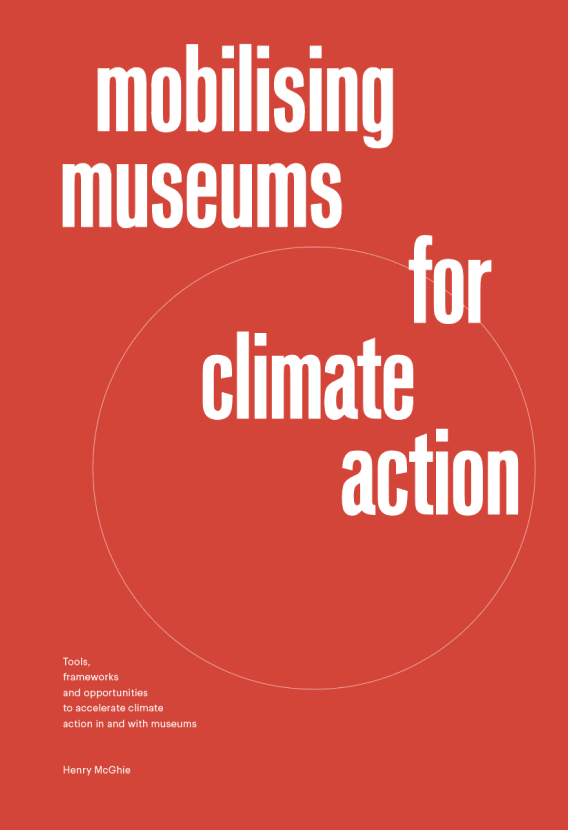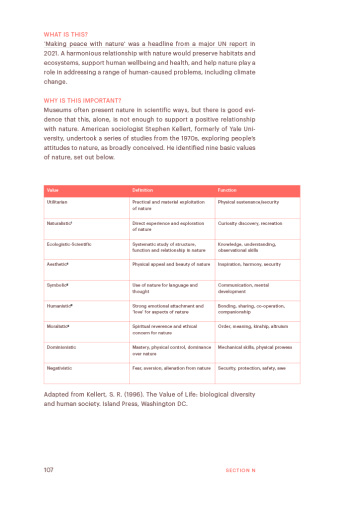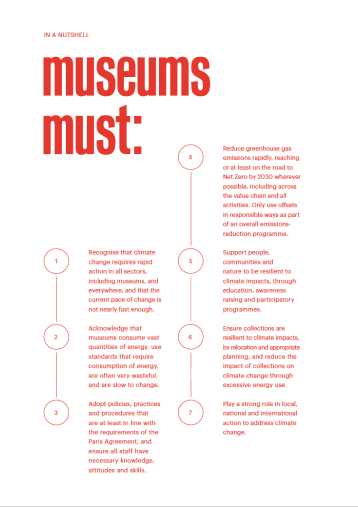Heritage as part of the problem – and part of the solution
( Toolbox )
Discussions on the relationship between climate change and heritage typically fall into two categories: discussions on how heritage is threatened by climate change, and discussions on how heritage can contribute to climate action. Such a categorisation omits further relationships, notably how heritage – or heritage management practices and use of heritage – contributes negatively towards climate change.
In fact, heritage and heritage management practices contribute both positively and negatively to climate change. As with any discussion on sustainable development, the aim of activity should be to enhance positive contributions (social, environmental and economic) at the same time as reducing negative impacts. That is how change happens. The scale and rate of such change are the measures of sustainable development activity.
Using a principle of prioritisation, the most negative climate impacts (largest/most severe/longest-lasting) have to be dealt with first, and these are typically either human rights abuses or environmentally harmful practices that contribute to climate change or pollute the environment.
It makes little sense to preserve heritage within museums in such a way as to damage heritage outside museums’ walls: that is a zero-sum game.
Well-established heritage practices that are known to be environmentally harmful are not justified in human rights terms, or sustainable development terms. There is no ‘get out of jail free’ card because a particular object needs a particular environment, or because a technique has been used for a long time: climate change does not care.
Sector organisations and accrediting bodies that set standards that require particular environmental conditions or use of particular harmful materials have a leadership role to play, and a social and moral obligation, to ensure that they are not disempowering people or organisations from playing their role in climate action. As climate impacts bite harder, it is very likely that actions to reduce emissions that are currently voluntary will become legal requirements, and a carbon tax may be brought in. Sector organisations have to ensure that they support those they work with to be part of the just transition, and not stranded with sector regulations that do not fit with legal requirements.
HERITAGE AS FUTURE-MAKING
Farida Shaheed, former Special Rapporteur on Cultural Rights, reported to the UN Human Rights Council in 2011 that:
“cultural heritage is also to be understood as resources enabling the cultural identification and development processes of individuals and communities which they, implicitly or explicitly, wish to transmit to future generations.”
Rodney Harrison developed an approach to heritage thinking that is aligned with such a forward-looking perspective:
“heritage is not a passive process of simply preserving things from the past that remain, but an active process of assembling a series of objects, places and practices that we choose to hold up as a mirror to the present, associated with a particular set of values that we wish to take with us into the future. Thinking of heritage as a creative engagement with the past in the present focuses our attention on our ability to take an active and informed role in the production of our own ‘tomorrow’”.
(Harrison, R. (2013). Heritage: critical approaches. Routledge, London, p.4)
The Heritage Futures research programme set out to explore how heritage practices, broadly defined, contribute to the making of future worlds. From 2015 to 2019, an interdisciplinary, international team of 16 researchers (led by Principal Investigator Rodney Harrison) collaborated with 25 international partner organisations and many others to investigate heritage and heritage-like practices in a broad range of fields and contexts, and to explore the potential for innovation and creative exchange within and across them.
The research programme explored ideas relating to heritage as the building blocks of the future, in the sense that decisions (or inaction) taken now have a consequence on what alternative futures are possible. Actions taken now also resource future worlds that we cannot envisage.
The project identified four challenges that those working with heritage have to negotiate:
Profusion: What should we preserve for the future, in a world of ‘too much stuff’?
We live in a society that produces more and more stuff, and we can’t preserve everything. What should we pass on to the future generations, and why?
Diversity: how can we ensure the future is full of possibility and variety?
The future is uncertain. Diversity, in nature and in cultural traditions, can help people and nature cope with that uncertainty.
Transformation: How do we preserve the importance of a place or thing, when we can’t prevent it from changing over time?
Change is inevitable, so we can’t always prevent places or things that are important from changing. We could think of heritage as being something that is not fixed, but as being like a relationship that changes over time.
Uncertainty: What do we mean when we say ‘forever’?
What should we pass on to future generations, when we can’t be sure what they will want or need?
HOW DOES THIS RELATE TO MUSEUMS?
Museums should critically question why they retain the material they do, what for, and for whom, and for what ultimate purpose.
They should question how their decisions (or avoidance of decisions) now support – or impede – the kind of futures people might want and need. Unclear notions of ‘for posterity’ or ‘forever’ should be critically evaluated.
Museums are part of the world as it exists today, and different futures will require different institutions and organisations. Radically different futures will surely require radically different institutions, organisations and practices. Museums should ask whether they are transforming at a sufficient pace or scale of change, to be part of a sustainable future (or, indeed, if they are even heading in the right direction).
Future-making can be implemented across museum functions and activities, and can engage constructively with projected climate change scenarios and accompanying social changes.
Museums can consider that their actions are not simply the documenting of the past or the present, but activities that have the potential to resource communities and society to shape their own futures, in the context of a changing world.
Future-making can be drawn upon in both climate mitigation and climate adaptation actions, working with local communities, international partners, and connecting local and global dimensions.
Future-making has strong potential as an antidote to the pervading helplessness and hopelessness that often accompanies climate change awareness-raising activities, but focuses on empowerment to face the challenges of climate change, reduce its impacts, and create the futures that people want to inhabit.
FURTHER READING AND INFORMATION
You can explore the open-access book Heritage Futures: comparative approaches to natural and cultural heritage practice (2020).
See sections on:
Reimagining Museums for Climate Action: inspiring radical action in and with museums (section q)


